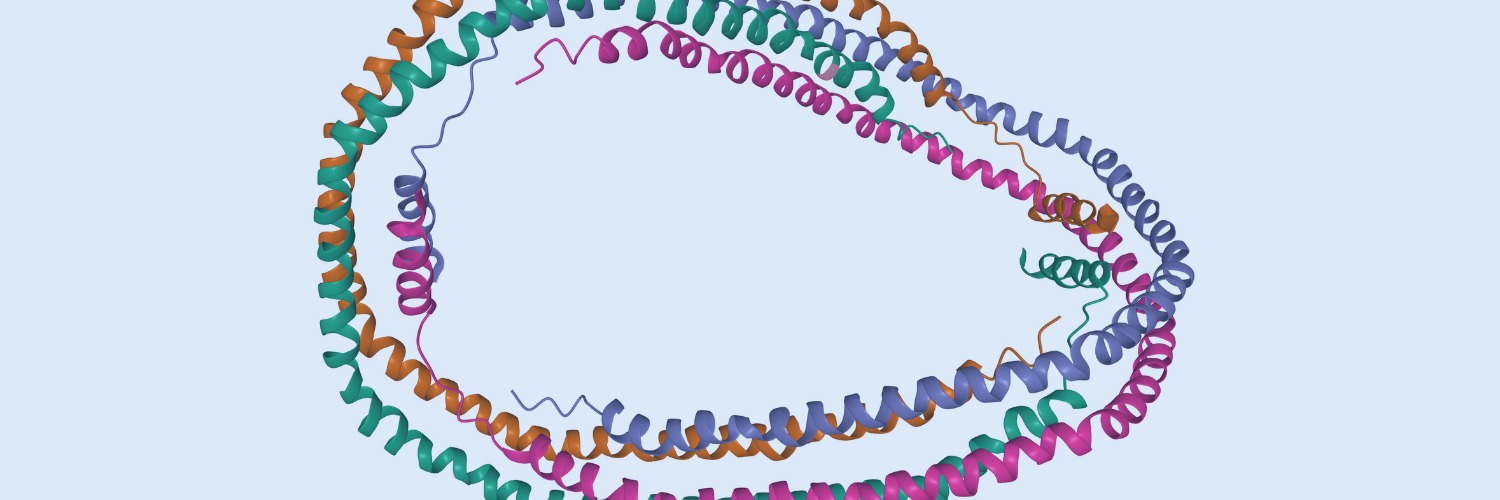The following is the summary of “Assessment of Esophageal Motility in Patients With Eosinophilic Esophagitis” published in the January 2023 issue of Clinical gastroenterology by Skyes, et al.
Chronic esophageal symptoms, including dysphagia, are caused by eosinophilic esophagitis (EoE), an immune-mediated illness. Some individuals still experience debilitating symptoms from EoE, despite major advances in treatment. It is not common practice to utilize esophageal manometry in EoE due to its limited utility in assessing motility and function. We intended to comprehensively examine and discuss the existing literature on esophageal manometry in EoE.
About 802 patients were accounted for in 48 studies that met the criteria. Abnormalities were observed at a rate not dissimilar to that seen in other populations using standard water swallow protocols; nonetheless, 5% of individuals had esophago-gastric outflow issues. Manometry was performed before and after pharmaceutical therapy in 12 investigations, with normalization of motility reported in 20%. Several investigations described early, transient panesophageal pressurization, which was more common in the studies that included additional provocation testing. Temporal associations between manometric data and symptoms have been reported in the literature inconsistently. It is possible that esophageal manometry can detect clinically meaningful alterations in esophageal function in EoE.
EoE secretory products and/or fibroinflammatory processes may affect neuromuscular function, leading to pressurization due to decreased esophageal compliance. Therapy could reverse some of the effects. When there is a preponderance of case reports and retrospective observation in the literature, it becomes difficult to draw solid conclusions. Adding provocation testing to existing assessment protocols may allow for a more thorough evaluation and the earlier detection of clinically significant, subtle alterations in esophageal function.
Source: journals.lww.com/jcge/Fulltext/2023/01000/Assessment_of_Esophageal_Motility_in_Patients_With.3.aspx


















